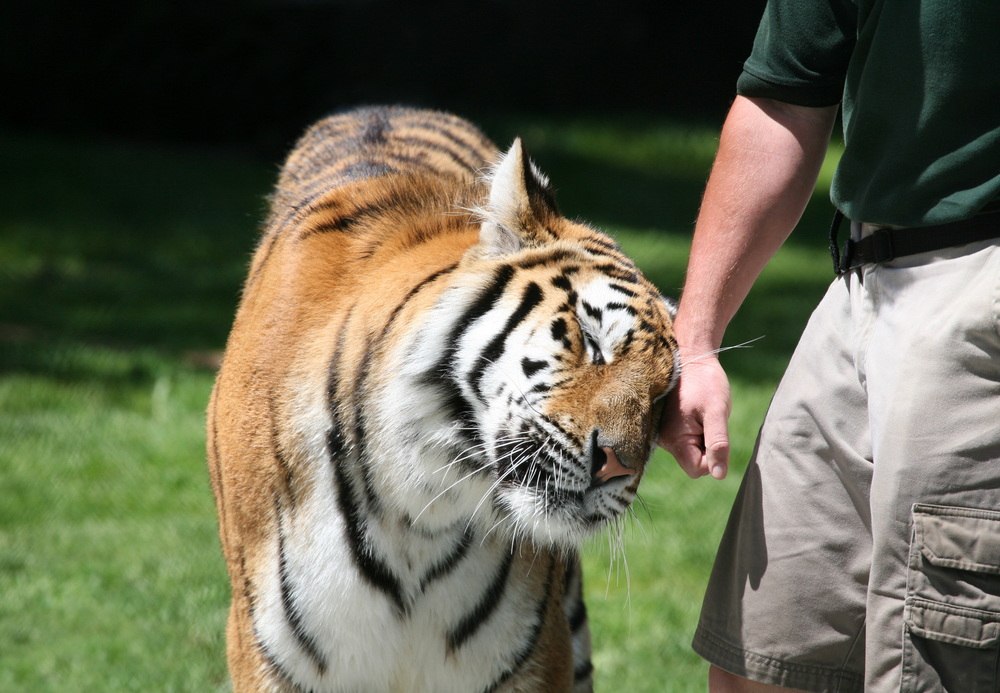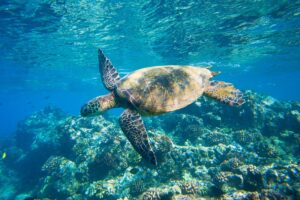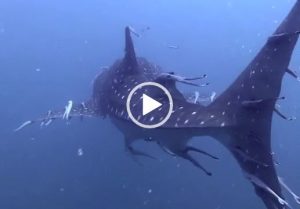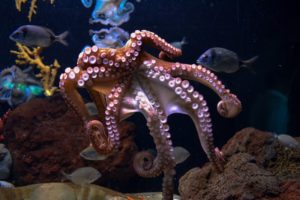 While many animals give birth to their young in spring, sea otters are often born in the depths of winter. If that were not a chilly enough introduction to the world, the single pup is born at sea, where it will remain for most of its life.
While many animals give birth to their young in spring, sea otters are often born in the depths of winter. If that were not a chilly enough introduction to the world, the single pup is born at sea, where it will remain for most of its life.
Remarkably, the pup cannot swim or dive until it is three or four months old, so it will spend its early life balanced on its mother’s chest. When away foraging, the devoted mother will wrap her pup in kelp to keep it from floating away.
Sea otters live in offshore forests of this giant kelp, and they eat, sleep and groom on the water’s surface. The adults congregate in single-sex groups called rafts, sometimes linking themselves together. They are found in two areas of the world: the Pacific coast of Russia and Alaska, and along the central Californian coast. January and February are the best times to see the new mothers here, lounging on the chilly coastal waters of Monterey Bay.
Come springtime, when food is abundant, the young otter will have grown its adult coat – the densest fur in the animal kingdom with up to a million hairs per square inch – and be ready to fend for itself. It was for this thick pelt that sea otters were hunted almost to extinction in the early 20th century, and though there are now 3,000 in California alone, and they are legally protected, the species remains endangered.
But with its water-repellant fur, webbed feet and a lung capacity more than twice that of a similar–sized land mammal (it can dive to more than 90m, holding its breath for anything up to five minutes), the sea otter is perfectly adapted to its life on the ocean waves. What’s more, it’s the only marine mammal that catches fish with its forepaws. But perhaps the sea otter’s most amazing talent is that it can use rocks as tools to break open the shells of the molluscs that it eats. It keeps these tools in a handy pocket of skin on its chest, which it also uses as a food store. Otterly ingenious!









































































































